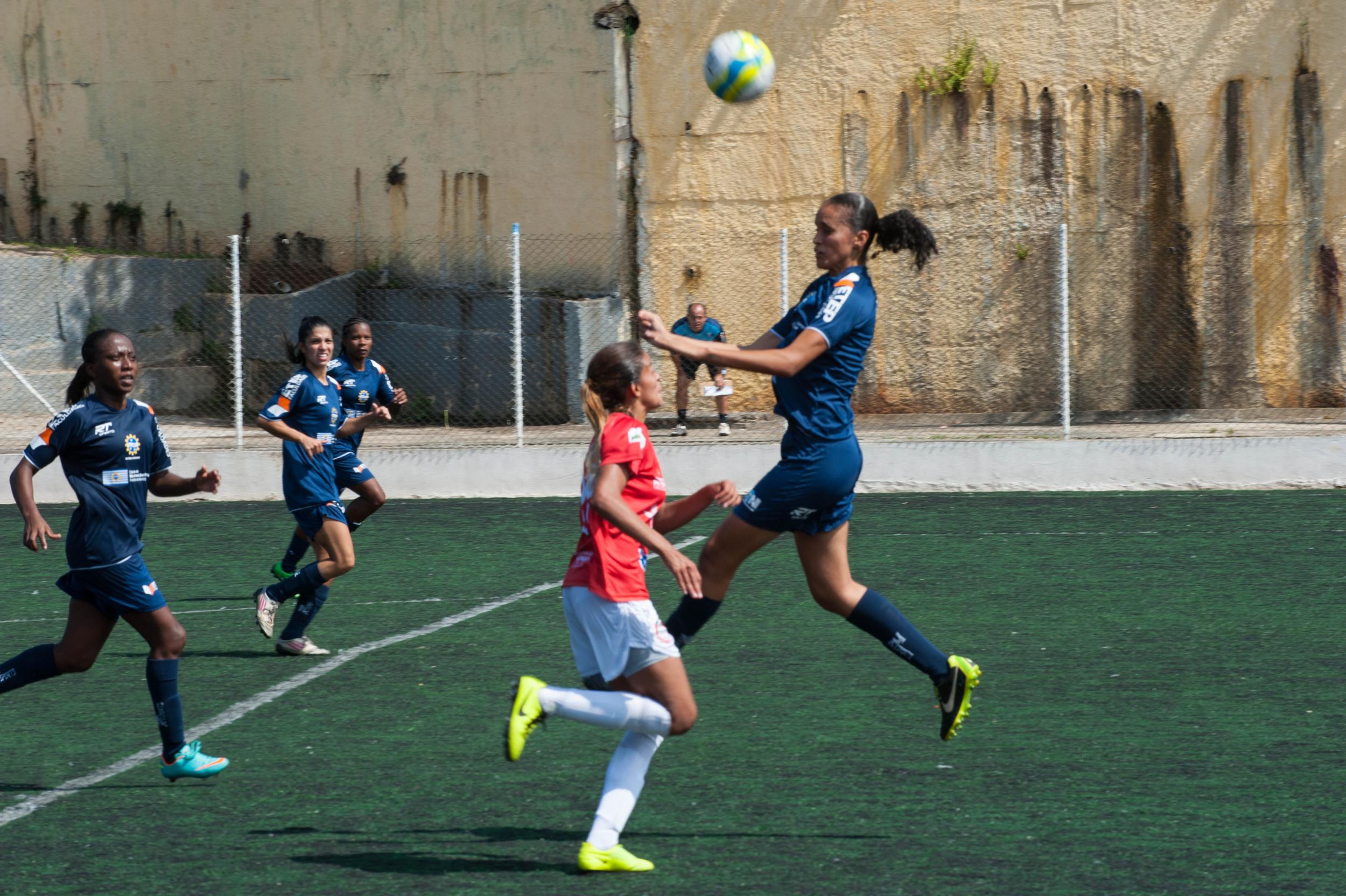Female soccer players are still struggling to achieve gender parity with their male counterparts, according to an article. Despite a long history dating back to the late 1800s and an increasing amount of investment and opportunities across the globe, the women’s game is still far behind in terms of salaries, team budgets and media coverage, the author said. The piece noted that the gender pay gap was a significant issue in the sport, with Forbes reporting that 2019’s top-earning female soccer player, Alex Morgan, earned $4.6m, while Lionel Messi, the top-earning male player, earned about $127m.
Introduction
The debate about gender equality in sports is not new. From prize money to leadership positions, female athletes have been long fighting for equal treatment in sports. Soccer, one of the most popular sports worldwide, is not different. Women’s soccer has been gaining more and more space in the media and in the hearts of fans, but some argue that female players are still not on par with their male counterparts.
History of Women’s Soccer
Women’s soccer has a long history, dating back to the late 1800s. However, it was not until the 1960s that women began to organize soccer teams and play at a competitive level. The first Women’s World Cup, hosted in China in 1991, marked a turning point for women’s soccer, giving more visibility to the sport and leading to an increase in investment and opportunities for female players around the globe.
History of Men’s Soccer
Men’s soccer has an even longer and richer history, with the first recorded soccer match dating back to the mid-1800s in England. Since then, the sport has become a cultural phenomenon, with the FIFA World Cup being the most-watched event worldwide. Male players have become global icons, earning millions of dollars in salaries, sponsorships, and endorsements.
Gender Pay Gap
The gender pay gap is one of the most significant issues in sports. According to Forbes, the top-earning female soccer player in the world, Alex Morgan, earned $4.6 million in 2019, while the top-earning male player, Lionel Messi, earned around $127 million.
Team Budgets
The difference in team budgets between women’s and men’s soccer is staggering. According to The Independent, the budget for the winning team of the 2019 Women’s World Cup, the United States, was $30 million, while the budget for the winner of the 2018 Men’s World Cup, France, was $430 million.
Media Coverage
Media coverage is crucial to promote and sustain the popularity of a sport. However, women’s soccer still faces hurdles in getting the same level of coverage as men. According to media monitoring group Media Matters, during the 2019 Women’s World Cup, Fox News dedicated only 0.4% of its airtime to cover the tournament, while coverage of the men’s World Cup in 2018 was four times higher.
Performance
When it comes to performance, there is an ongoing debate about whether women’s soccer is as competitive or exciting as men’s soccer. However, the numbers show that female players are closing the gap. For instance, the United States Women’s National Team has won four World Cups and four Olympic gold medals, while the men’s team has never won either competition.
Conclusion
Overall, it is clear that women’s soccer still faces challenges to achieve gender parity with men’s soccer. From the gender pay gap to team budgets and media coverage, there is a lot of work to be done. However, as more and more people gain awareness and support for women’s soccer, we can hope to see a more level playing field in the future.
